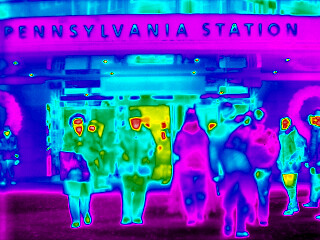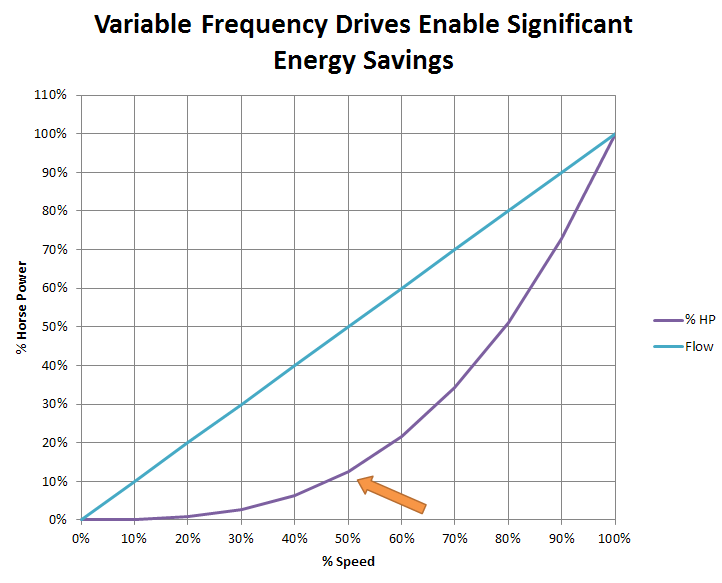The toolbox of equipment we use for our building commissioning work changes as building science and standards evolve. As prices for technology continually fall, there often comes a time when equipment you didn’t think you really needed becomes affordable enough that you decide it’s time to take the plunge and invest in it. Having a digital camera 15 years ago was still quite expensive, but now you can get a decent camera for under $200, and most of us have them built right into our cellphones. It’s hard to imagine working as a Commissioning Authority now without such an essential tool as a digital camera. But building commissioning has been around longer than reasonably priced digital cameras, so it must have been possible to provide high quality Cx services without that capacity!
 Thermal imaging camera
Thermal imaging cameraThermal imaging technology
Another tool, thermal imaging cameras, are an imaging technology which can “see” in the infrared, long-wavelength portion of the light spectrum, and have been commercially available since the 1970’s. They generate images which show the contrast between hotter and cooler surfaces, which in modern equipment are represented by different colors on a screen. The image below is an example of a thermal image showing commuters at Pennsylvania Station.
While thermal imaging equipment has been commercially available as far back as the 1970’s, the technology was very expensive (tens of thousands of dollars) and had the inconvenient requirement that liquid nitrogen be poured into a reservoir in the camera in order to cool the sensor mechanism. Despite its historically high cost, thermal imaging technology was quickly adopted as an increasingly essential tool for evaluating building envelope integrity. And today, thermal imaging is one of the two primary tools in building enclosure commissioning for both residential and commercial buildings (the other being the blower door). For building envelopes, thermal imaging is used to evaluate buildings for areas of thermal bridging, insufficient insulation levels, and infiltration.
While the technology has long been worth the investment for building enclosure evaluation, it has not been essential enough to warrant the investment for the commissioning work we perform. As prices have fallen into the sub $2,000 range for decent quality, basic thermal imagers, we’ve been considering investing in one to have in our “toolbox” of gear to support our commissioning work. We wouldn’t have a need for it in every job, but it could be convenient to have for certain applications.
Uses of thermal imaging for building commissioning
What would we use thermal imaging for?
- Evaluation and documentation of operating motors, fan bearings, pump seals, and other mechanical equipment and their subcomponents that can get hot when not correctly functioning, or near failure.
- Breaker panel hot-spot documentation.
- Thermal insulation inspection on pipework.
- Basic envelope/assembly evaluation.
Another cool (no thermal-pun intended) application is solar photovoltaic (PV) system evaluation. We have the opportunity to commission solar PV systems relatively frequently, and one tool for evaluating the panels themselves is to take thermal imaging shots of panels producing power in full sunlight. PV “cells” (subcomponents of PV panels) which are damaged or not functioning properly will show up hotter than adjacent, properly functioning cells.
To buy or not to buy
So do we really need a thermal imaging camera? So far we have had no real compelling need, but when either a specific project requires one, or prices fall any more, we may pull the trigger to add this tool to our arsenal of gear. Or maybe we’ll just wait until this becomes a standard feature on our smartphones :)




